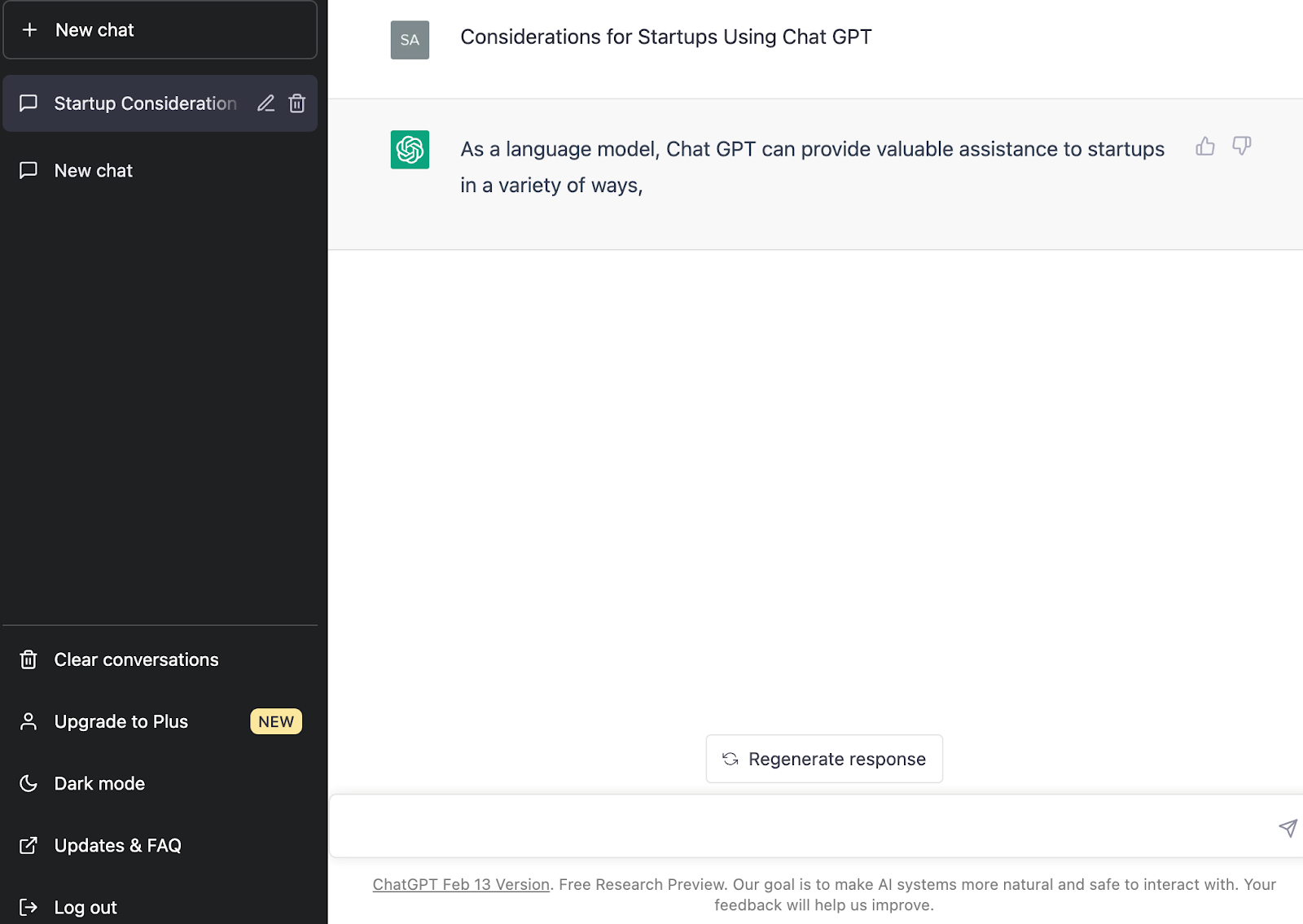Audrey Conrad
BC EIC Law Student
October 20, 2023
To say that the world as we knew it changed in March 2020 would be an understatement. Overnight, the entire world shut down, forcing people to live and exist solely within their homes to avoid COVID-19. What was supposed to be a two week shut down, turned into months if not years of doing everything from home. While the primary concern was stopping the spread of COVID-19, it became clear early on that this pandemic would create a widespread mental health crisis due to prolonged periods of isolation, COVID-19 related illness and death, and employment insecurity. General rates of depression, anxiety, and substance abuse skyrocketed during this time, and was especially pronounced in communities of color, women, and young people.[i] To make matters worse, traditional mental health care, already known for being expensive and difficult to obtain, became even more elusive due to increased need and office closures.
While the height of the pandemic was a stressful and generally miserable experience, it also prompted a wave of innovation. There became a need for creative and motivated individuals to fix the myriad problems within society that were created by the pandemic. The past few years since March 2020 have seen the creation of several mental health related startups. After existing mental health services companies like Talkspace, BetterHelp, and Cerebral saw an uptick in popularity at the start of the pandemic, startup founders have been quick to launch companies seeking to fill the need for remote accessible mental health care.
One company hailing from Cambridge, MA, is Cartwheel, a startup that offers telehealth based mental health programs and therapy for school districts. School age children were hit hard by the pandemic, as they not only had to adapt to doing school entirely remotely, but they also missed out on the developmental growth and social benefit that comes from being in school in person. Through Cartwheel, school staff members can submit a referral to Cartwheel, which then reaches out to the students family to set up a plan for telehealth mental health services. This eliminates the need for a family to find care on their own, and saves them from being stuck on a waitlist for another form of care.[ii] The startup has become a great success story, with the company now serving over fifty school systems across five states in the New England area.
While telehealth services have been invaluable as the world navigated through the global pandemic, they have not gone without legal issues, challenges, and scandals. Most notably, several high profile telehealth companies have come under fire for sharing the personal health data of their users with third parties. In March 2023, the Federal Trade Commission banned BetterHelp from sharing health data of its users with third parties, and required the organization to pay $7.8 million to users for sharing their sensitive health data with organizations like Facebook and Snapchat. This is the first time that the FTC has intervened with a sensitive data breech related to the healthcare industry, and has actually returned funds.[iii]
BetterHelp is not the only company facing backlash. The United States Senate launched an inquiry into Cerebral, another telehealth mental health service, that ultimately admitted to sharing users’ private, HIPAA protected health data with Facebook, Google, and TikTok.[iv] The issue in this case is largely of a contractual nature. By accepting Cerebral’s terms and conditions, users agreed to allow the company to use tracking technologies which shared their data with tech giants. How tracking technologies work, on a basic level, is that Cerebral used bits of Google, Facebook, and TikTok’s code within the Cerebral app, which in turn gave the third party technology companies access to user data that they could then use to target advertisements.[v]
This case represents another in the line of “clickwrap” cases, where users agree to the terms and conditions on a website or app without reading through them. In Meyer v. Uber (2017), Uber was sued by a user who agreed to Uber’s terms of service with a “click.” The user did not open the terms and conditions, as this was not required to accept them. The court found that the user unambiguously manifested his assent to Uber’s terms of service even though he had not read them, and that a “reasonably prudent user” would know that they were agreeing to terms of service by creating an account.[vi]
Decisions like the Meyer case carry an extra weight when the terms of service contain terms that allow the app to share answers to questions like: “Have you ever experienced depression?”, “Are you suicidal?” and “Rate your anxiety on a scale from 1-10.” It is unsettling to think that millions of users are unknowingly agreeing to the sharing of their personal health data to third party advertisers.
Telehealth, especially mental health, provides a great service to society by making healthcare more accessible and affordable than ever before. However, startup founders would be wise to ensure that they protect their users’ sensitive health data as the legality of “clickwrap” and waivers of privacy continue to develop. Startup owners should ensure that their terms of service for any mental health services that they release are clearly accessible to their users, and should avoid giving user data to large companies for advertisement purposes.
[i] https://www.kff.org/mental-health/issue-brief/the-implications-of-covid-19-for-mental-health-and-substance-use/
[ii] https://www.hcinnovationgroup.com/population-health-management/behavioral-health/news/53074052/telehealth-startup-cartwheel-raises-20m-to-address-student-mental-health
[iii] https://www.ftc.gov/news-events/news/press-releases/2023/03/ftc-ban-betterhelp-revealing-consumers-data-including-sensitive-mental-health-information-facebook
[iv] https://www.benefitspro.com/2023/03/27/mental-health-provider-cerebral-admits-to-sharing-health-data-with-facebook-google-tiktok/?slreturn=20230904151655
[v] https://www.benefitspro.com/2023/03/27/mental-health-provider-cerebral-admits-to-sharing-health-data-with-facebook-google-tiktok/?slreturn=20230904151655
[vi] Meyer v. Uber Technologies, Inc., 868 F.3d 66 (2017).

